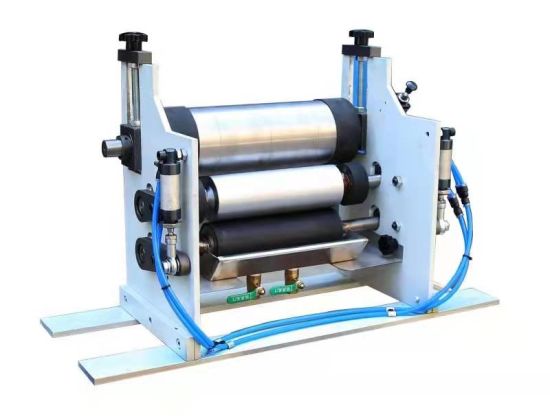Printing is an essential part of any business, and choosing the right printing technique can make all the difference. Two popular printing techniques are letterpress and flexo. While both techniques produce high-quality prints, they differ in several ways. In this article, we will explore the differences between letterpress and flexo printing.
Letterpress Printing
Letterpress printing is a traditional printing technique that has been around for centuries. It involves pressing inked plates onto paper, leaving an impression. Letterpress printing is known for its deep, crisp, and tactile impressions, making it a popular choice for wedding invitations, business cards, and other high-end printing projects.
One of the advantages of letterpress printing is that it can print on a wide range of paper stocks, including thick and textured papers. It also produces vibrant, opaque colors that are difficult to achieve with other printing techniques. However, letterpress printing can be time-consuming and expensive, as each color requires a separate plate and press run.
Flexo Printing
Flexo printing, on the other hand, is a modern printing technique that uses flexible plates to transfer ink onto paper. It is a popular choice for printing on flexible materials such as plastic, foil, and paperboard. Flexo printing is commonly used for packaging, labels, and other commercial printing projects.
One of the advantages of flexo printing is that it can print on a wide range of materials, including non-porous surfaces. It is also a fast and cost-effective printing technique, as it can print multiple colors in a single pass. However, flexo printing can produce less crisp and detailed prints compared to letterpress printing.
The Difference
The main difference between letterpress and flexo printing is the printing plates. Letterpress printing uses metal or polymer plates that are etched with the design, while flexo printing uses flexible plates made of rubber or photopolymer. Letterpress printing produces deep, tactile impressions, while flexo printing produces flat, even prints.
Another difference is the type of ink used. Letterpress printing uses oil-based inks, while flexo printing uses water-based inks. Oil-based inks produce vibrant, opaque colors, while water-based inks produce more transparent colors.
Conclusion
In conclusion, both letterpress and flexo printing have their advantages and disadvantages. Letterpress printing is a traditional printing technique that produces deep, tactile impressions, while flexo printing is a modern printing technique that is fast and cost-effective. When choosing a printing technique, it is important to consider the project's requirements, such as the type of material, the number of colors, and the desired print quality.


